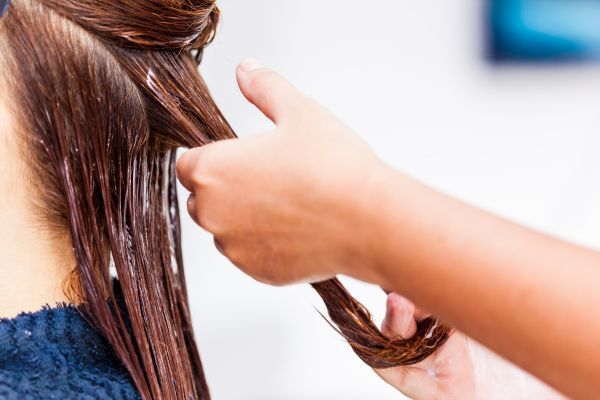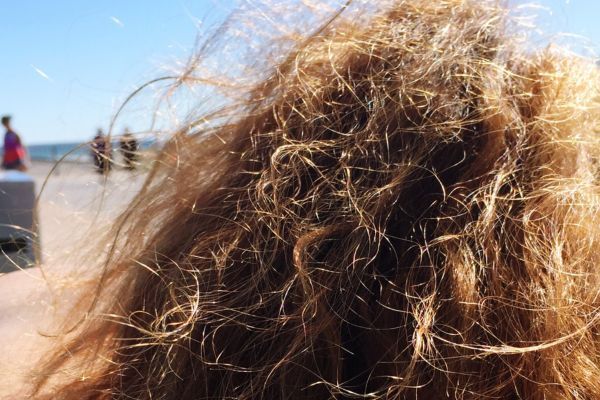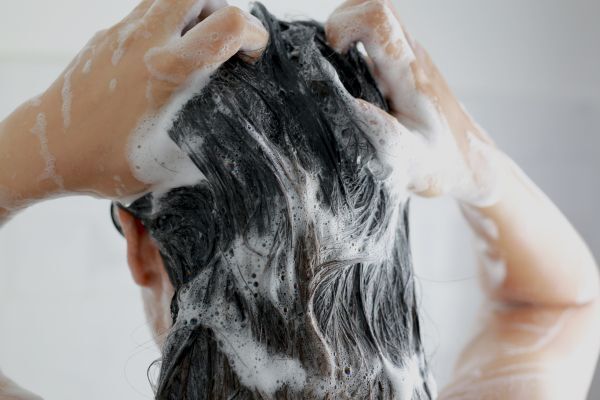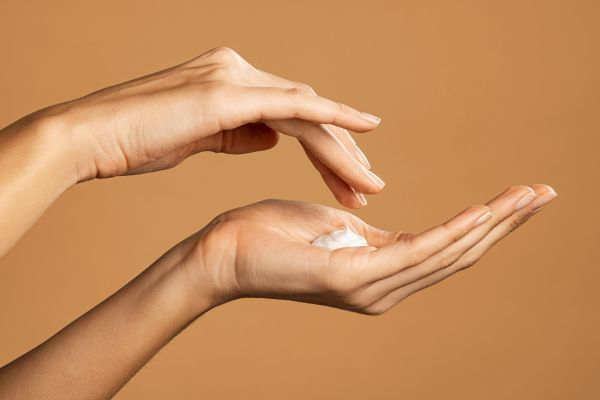Protein Overload in Hair: Signs, Causes, and Effective Treatments
May 16, 2025 | By Maria Eliza Pineda

Healthy hair depends on the balance between protein and moisture. When this balance is disrupted, it can lead to issues like overly soft or stiff and breakable hair. One common but often unnoticed problem is protein overload, a condition where the hair receives too much protein but lacks sufficient moisture. The result: dry, lifeless, and damage-prone hair.
This condition especially affects people with curly or textured hair, as well as those who frequently use protein-rich products like keratin treatments. In this article, we'll explore the signs of protein overload, how to identify it, and the most effective protein overload hair treatment options to restore your hair’s health.
What Is Protein Overload?
Protein overload occurs when excess protein builds up in the hair shaft without enough moisture to balance it. Instead of strengthening the hair, the protein makes it stiff, dry, and brittle. This often results from the overuse of hair products with hydrolyzed protein, keratin, or other protein-based ingredients.
Common Causes of Protein Overload

Frequent Use of Protein-Based Products
One of the main causes of protein overload is the excessive use of protein-rich hair products. These include keratin treatments, leave-in conditioners, and hair masks that contain hydrolyzed protein. Repeated use without proper moisturizing leads to buildup and imbalance.
Lack of Moisturizing Hair Care
Protein isn’t enough, you also need to add deep moisturizing treatments to your routine. The moisture-protein balance is essential to keep your hair soft and strong. Too much protein without enough hydration causes brittleness and stiffness.
Low Porosity Hair
People with low porosity hair are more prone to protein overload. This hair type doesn’t absorb moisture easily and is already rich in protein which is what makes the hair less porous, so protein tends to accumulate on the surface.
Signs of Protein Overload

Straw-Like Texture
One of the earliest protein overload symptoms is hair that feels like straw: dry, rough, and lifeless, even after using conditioner.
Loss of Hair Elasticity
If you gently stretch a hair strand and it snaps immediately instead of bouncing back, this indicates a lack of moisture and excess protein. Hair elasticity is a strong indicator of hair health.
Increased Hair Breakage
If you're noticing many broken strands while combing or shampooing, it may be due to protein overload. Without moisture, hair becomes brittle and breaks easily.
Undefined or Limp Curls
For those with curls, one telltale sign of protein overload curly hair is when your defined curls begin to fall flat. Instead of bounce, your hair looks frizzy, dry, and puffy.
Protein vs Moisture Overload
It's important to distinguish whether your hair issue is due to protein or moisture. In protein overload, hair becomes stiff, dry, and breakable. On the other hand, moisture overload results in hair that feels overly soft, gummy, and lacks strength.
Understanding the difference is crucial so you can apply the right treatment. Treating a moisture issue with more protein will only make the problem worse.
How to Test for Protein Overload
Hair Elasticity Test
To assess your hair's condition, try the hair elasticity test. Wet a single strand and gently stretch it. If it snaps easily instead of stretching and bouncing back, it's likely experiencing protein overload.
Hair Porosity Test
Another method is the hair porosity test. Drop a clean strand of hair into a glass of water. If it sinks quickly, your hair is porous and absorbs products quickly which makes it prone to protein buildup. If it floats, you likely have low porosity hair, which is more prone to surface buildup.
How to Fix Protein Overload in Hair

Use a Clarifying Shampoo
The first step in how to fix protein overload hair is using a clarifying shampoo. This special shampoo helps remove product buildup, especially protein. Use it once a week or as advised by your hair care professional.
Deep Condition Regularly
After removing excess protein, it’s time to restore moisture. Choose a deep conditioning treatment without added protein. Look for natural moisturizers like aloe vera, argan oil, or shea butter. Do this twice a week for faster recovery.
Adjust Your Hair Care Routine
If you have protein-sensitive hair, avoid layering multiple protein-based products. Always read product labels and opt for gentle, moisture-focused formulas like those offered by Mayraki Professional
Avoid Heat Styling (Temporarily)
Using straighteners, curling irons, and blow dryers can worsen the condition of hair with protein overload. While your hair is recovering, air-dry it when possible or use a heat protectant if heat styling is absolutely necessary.
How to Prevent Protein Overload in the Future
Limit Use of Protein-Based Products
Protein isn’t harmful, but it must be used in moderation. The right amount of protein is still essential to your hair. Use protein overload hair products like treatments or masks only once every two to four weeks, depending on your hair’s condition.
Maintain the Moisture-Protein Balance
A healthy moisture-protein balance is the key to strong hair. Monitor your hair’s condition before adding new products. Try alternating your routine: one week focused on moisture, and the next with light protein care.
Know Your Hair Type and Needs
Not all hair types are the same. Curly, color-treated, or chemically processed hair often needs more moisture than protein. Understanding your hair porosity and sensitivity helps build the best routine for your unique hair type.
The Right Amount

Protein overload can be damaging if left unchecked. With the right knowledge and steps, you can restore your hair’s softness, shine, and strength. Remember, hair breakage prevention isn’t just about using more products, it’s about using the right products, in the right way, at the right time. If you’ve experienced straw-like hair. That could be protein overload. Evaluate your routine, try the hair tests, and adjust your hair care accordingly.




